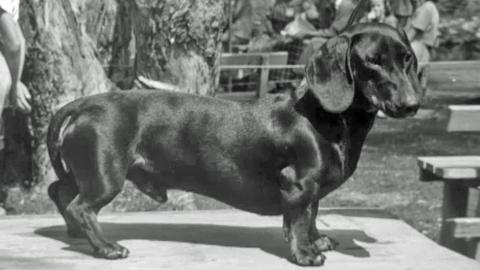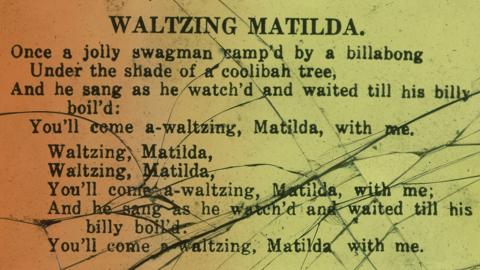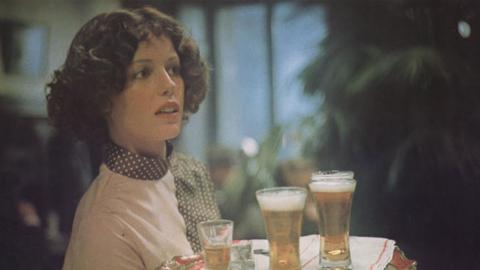

Phar Lap
Phar Lap
Discover many of the incredible moments in the life of Australia's greatest racehorse, Phar Lap.
The Red Terror, also called Bobby by his strapper-cum-trainer Tommy Woodcock, was a red chestnut gelding born in New Zealand in 1926 and trained in Sydney by Harry Telford.
His name was inspired by the Thai-Zhuang word for lightning, Farlap - ‘like a flash on the sky’.
Australians gripped by the worst of the Great Depression in the 1930s were hungry for good news stories and Phar Lap was already a beloved national icon by the time of his death in 1932.
This is his story.
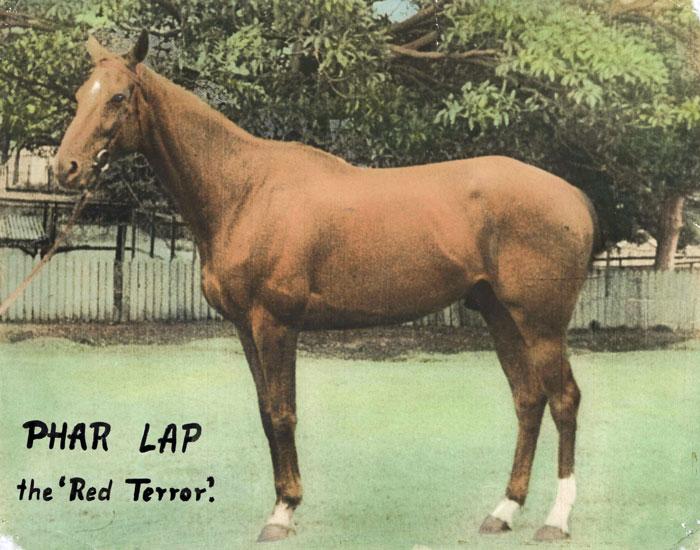
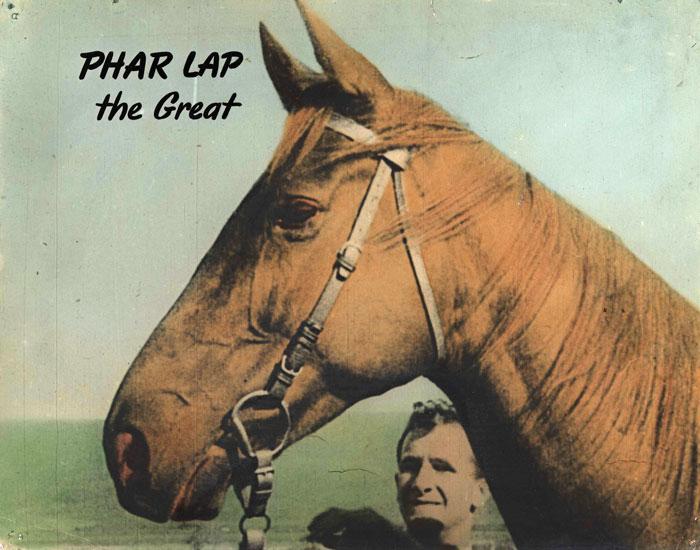
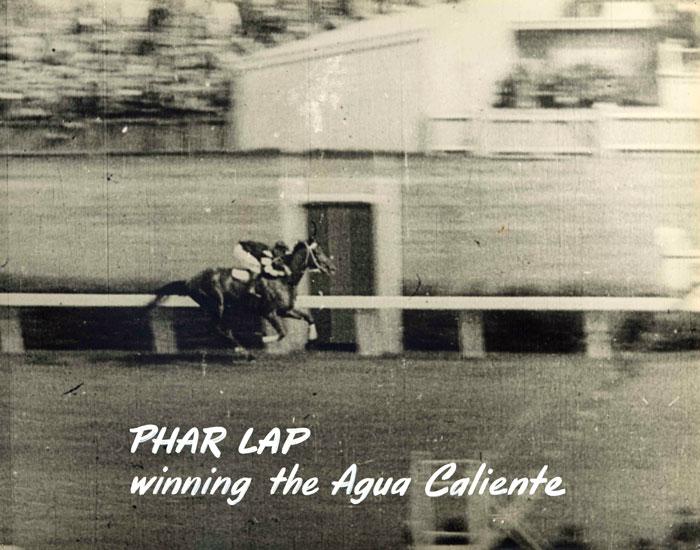
The National Film and Sound Archive of Australia acknowledges Australia’s Aboriginal and Torres Strait Islander peoples as the Traditional Custodians of the land on which we work and live and gives respect to their Elders both past and present.
